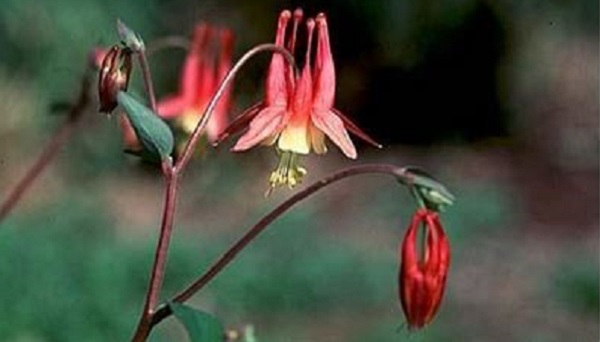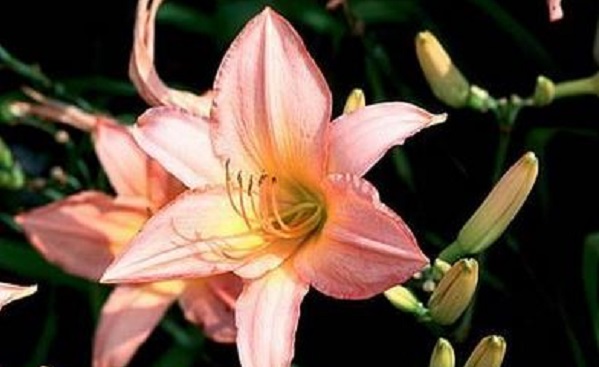Garden: Fall Care for Perennial Plants
Cary, NC — Trees, shrubs, ground covers and many vines are perennials – but so are plants that bloom every year, herbaceous perennials. In warmer areas like the Triangle, some annuals will act as perennials, such as impatiens, snapdragons or begonias.
Fall Care for Perennials
Blooming perennials need just a little bit of care, most of which should be done in the fall. Planting them now allows the plant time to establish a strong root system creating a healthy plant which performs the way you want and is more resistant to diseases, harsh weather and bugs.
Where to Start?
You can either buy your perennials or divide those that you already have.
Soil Test
Before you start to plant, have an idea of what you want.
Decide the color, size and degree of care, and have a soil test done for the planting area. Soil tests are free from April 1-November 25 via the Wake County Master Gardener Program – just email mgardener@wakegov.com or call 919-250-1084.
Protect Your Plants
Make sure to have the planting area ready before you get your plants. Your plants will have less shock if the roots are not exposed to the air for very long.
Also, most plants prefer a well-drained soil with a layer of mulch for winter protection. In general, you won’t need to fertilize much. I would recommend a 5-10-10 solution or to follow the guidelines of your soil sample results. Know that you will need to water the plants well when they are first planted and for a few weeks there after.
Dividing
Most perennials perform best when they are young, so dividing them every few years is a great way to keep them happy and healthy.
Before digging up your plants, water them the day before and try to choose a cloudy day. This will help the plants not be as stressed on moving day!
Once you have dug up the plant, gently pull apart the roots. Some will be easier than others. Clumping root systems like day lilies or Hostas need to be cut with scissors at the crown or root center, where you see stems and roots arise.
Plants that have rhizomes need to be cut apart at each rhizome and discard the dead leaves. Tuberous roots, like dahlias, are divided by cutting right through the tuber itself. Each new piece must have a part of the original stem of the plant. Only keep young, healthy-looking plants!
Plants that divide well in our area (from NC Cooperative Extension):
- Hostas
- Day Lilies
- Irises
- Dahlias
Plants that don’t divide well:
- Hellebores
- Baby’s Breath
- Columbine
- False Indigo
Here’s a great list of perennial plants with pictures.
Mel’s Tip of the Month
Don’t cut down your day lily leaves.
Let them die completely back before you clean them up. The leaf stores energy for the following year’s bloom, so, if you don’t let them do this, you will not have as many flowers.
———————————————————————————————————————————
Melody Hughes is a North Carolina State Extension Master Gardener Volunteer and a real estate agent at Dunlap Lilley Properties, Inc. Photos from the NC State Extension.
———————————————————————————————————————————
CaryCitizen is sponsored in-part by Garden Supply Company on Old Apex Road in Cary.




